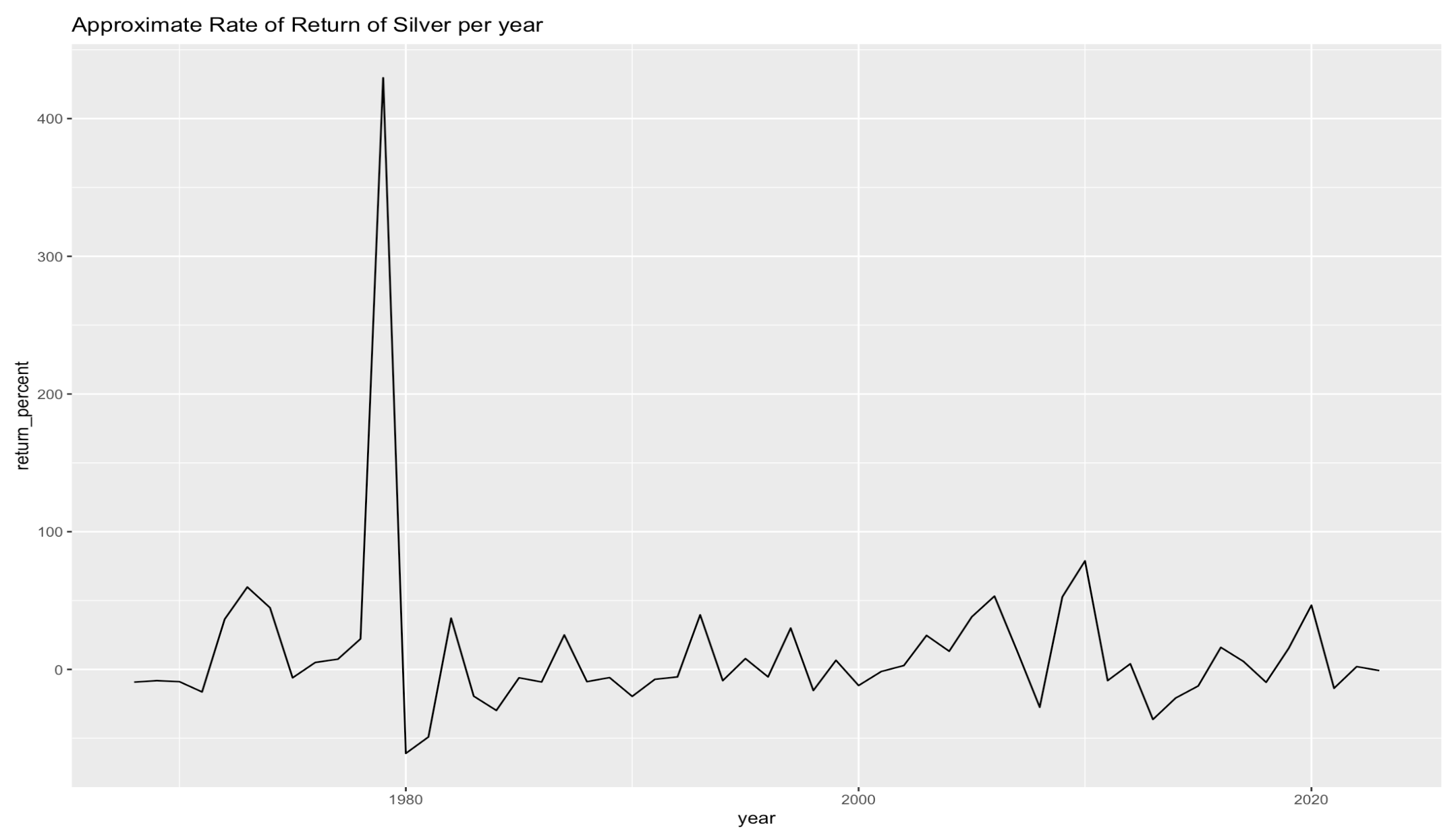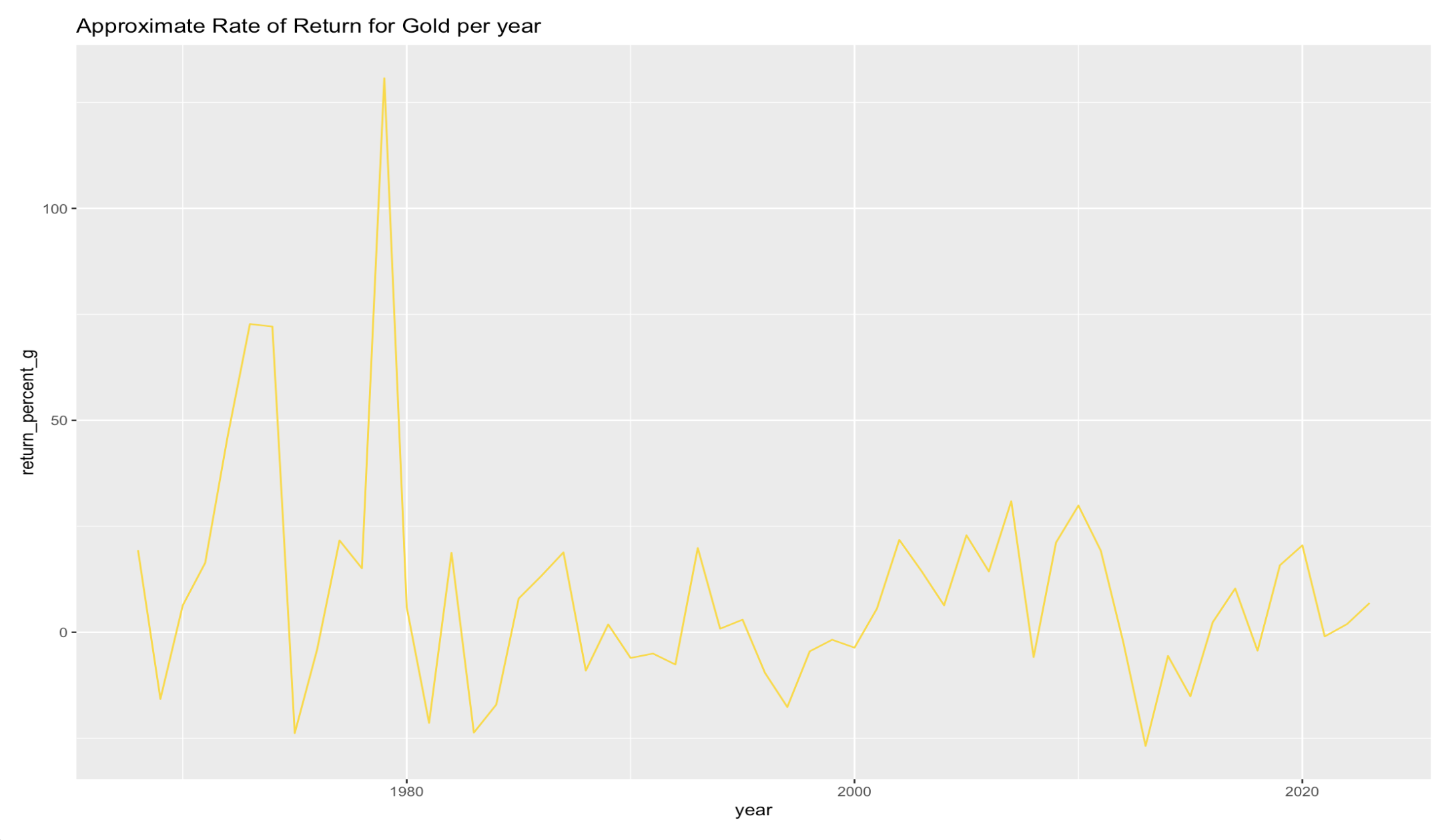Love At First Swipe: A brief look into credit cards
Today’s project will be about one of my favourite things: credit cards. I think of them as a debit card with an extra step: instead of the money coming from your checking account, it comes from the bank, and you just pay it off using your checking account. Of course, this assumes account holders have enough self-control as to not spiral out of control and accrue massive debts by overspending. But, if you know how to use them responsibly, they can be one of the best things ever. From perks, rewards to securing bigger lines of credit in the future, I think they’re worthwhile if one can be responsible.
Methods
I created a decision tree model which predicts a person’ s credit utilization ratio is high or low based on different factors such as their credit limit and revolving balance of their account. Most credit bureaus state that a person should not use more than 30% of their available credit, so that’s what I used to create the High-Low split of the model. I then analyzed this model by creating a confusion matrix of predications and assessing the model’s accuracy as well as any limitations. I also did a financial evaluation using credit card interest rates and an amortization schedule for paying off credit card debt to see just how long it takes.
Analysis
The graph shows that there is an overall negative relationship between credit limits and average utilization ratios. This is unsurprising a fixed amount spent with a lower limit will have a higher ratio compared to a higher limit.
The decision tree created had an accuracy of 96.8% when classifying new data, which is quite high. The corresponding confusion matrix yielded a false positive rate of 3.58% and a false negative rate of 2.45%, both very low when compared to the sensitivity and specificity, both above 95%. This implies that the model is a very good predictor of whether someone has a high or low credit usage based on their credit limit and total revolving balance at any given point in time. However, it is important to note that this model would need further testing on other datasets to confirm its applicability as it may conform to this data, but not to others.
Based on the amortization, we see that it takes 35 months, or approximately 3 years, to pay off a $5000 debt assuming consistent monthly payments of $200 are made at the end of each month. This is a quite some time which assumes that a person can put aside that money for this specific purpose. We also see that as more of the principal is repaid, the lower the interest accrued becomes, suggesting a negative association.
If the monthly payments were higher or payments were made on a different time basis, such as fortnightly, this would take less time as less interest is accrued, so the balance decreases to zero much faster. But if the monthly payments are less of if you miss a month or two, this will set you back even further as more interest accrues.
Conclusion
Credit cards can be very useful if used responsibly. If not, they can accrue massive debts that will take many months, even years, to pay off.






